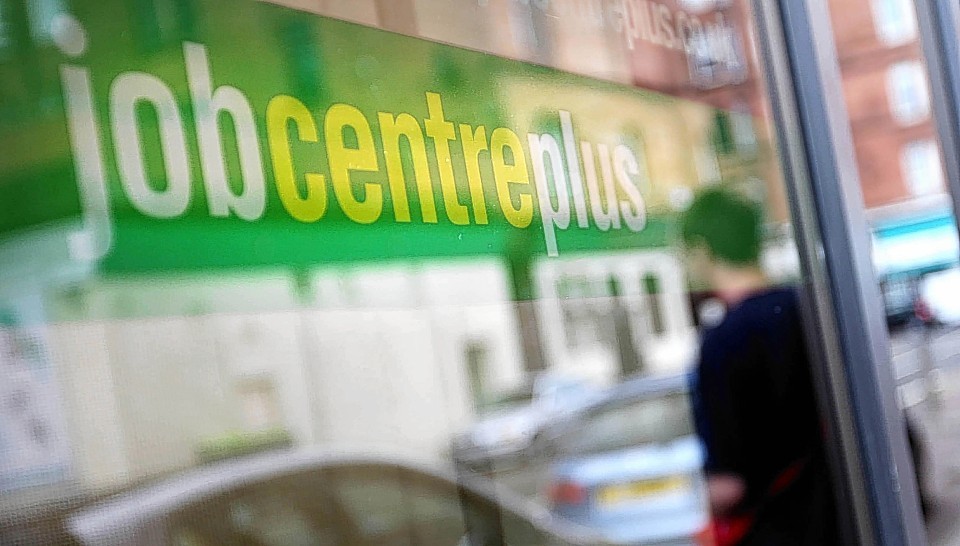The number of people claiming the jobseeker’s allowance (JA) in Aberdeenshire has ballooned by more than half (nearly 57%) in the past year, new figures show.
And Aberdeen, at the heart of the severe downturn currently affecting the North Sea oil and gas industry, the number has swelled by just over 24%.
The startling new evidence of the impact of the oil price slump on local jobs came in “experimental” statistics issued alongside the latest official unemployment figures from the Office for National Statistics (ONS).
Aberdeen and the surrounding are have borne the brunt of UK oil and gas job losses expected to hit the 120,000 mark by the end of this year.
Despite the scale of redundancies across the north-east, the region still had a lower average rate of unemployment than the Scottish average of 5.7% during the year to March 2016. Aberdeen’s jobless rate was running at 4.9%, with the shire at 3.2%.
Yesterday’s figures show the Scottish unemployment rate has since reduced to 5.2%, suggesting the gap between Aberdeen and the rest of the country has narrowed or possibly even disappeared.
Joblessness across Scotland fell by 26,000 between April and June, with the number of people out of work now at its lowest since 2009.
The unemployment total north of the border now stands at 143,000, while employment increased by 51,000 to just over 2.6million over the quarter. Scotland’s employment rate increased to 74.1%, slightly below the UK average of 74.5%.
There were 2,852 JA claimants in Aberdeen last month, up from 2,299 a year earlier. Aberdeenshire’s JA total rocketed to 1,988 during July 2016, from 1,268 a year earlier.
The number of people claiming JA in Orkney was up by 11.5% to 58 over the same period, while Shetland saw a 5.8% rise to 73.
JA claims in the Highlands and Moray were down by 12.8% to 1,230 and 6.4% to 734 respectively.
There were also fewer JA claimants in Argyll & Bute and the Western Isles, down by 16.1% to 710 and 19.7% to 248 respectively.
Scotland’s Employability Minister Jamie Hepburn said: “There is much to be welcomed from these figures, including 65,000 more people being employed now than at the pre-recession high.
“However, we know that there is more that we can and must do.”
Scottish Secretary David Mundell, said: “While we cannot be complacent as we enter a period of adjustment, today’s figures show that we enter the EU negotiations from a position of strength.”
Scottish Chambers of Commerce chief executive Liz Cameron said the latest ONS data was “good news” for the Scottish economy.
But she warned: “These unemployment figures relate to a period prior to the EU referendum vote and the outlook and pressures on businesses have changed since then.”
Unemployment across the UK continued to fall in the run-up to Britain’s vote to leave the European Union, while the percentage of people in work reached a record high of 74.5%.
A total of 1.64million people in the UK were jobless during the three months to June, a fall of 52,000 over the quarter and 207,000 fewer than a year ago.
